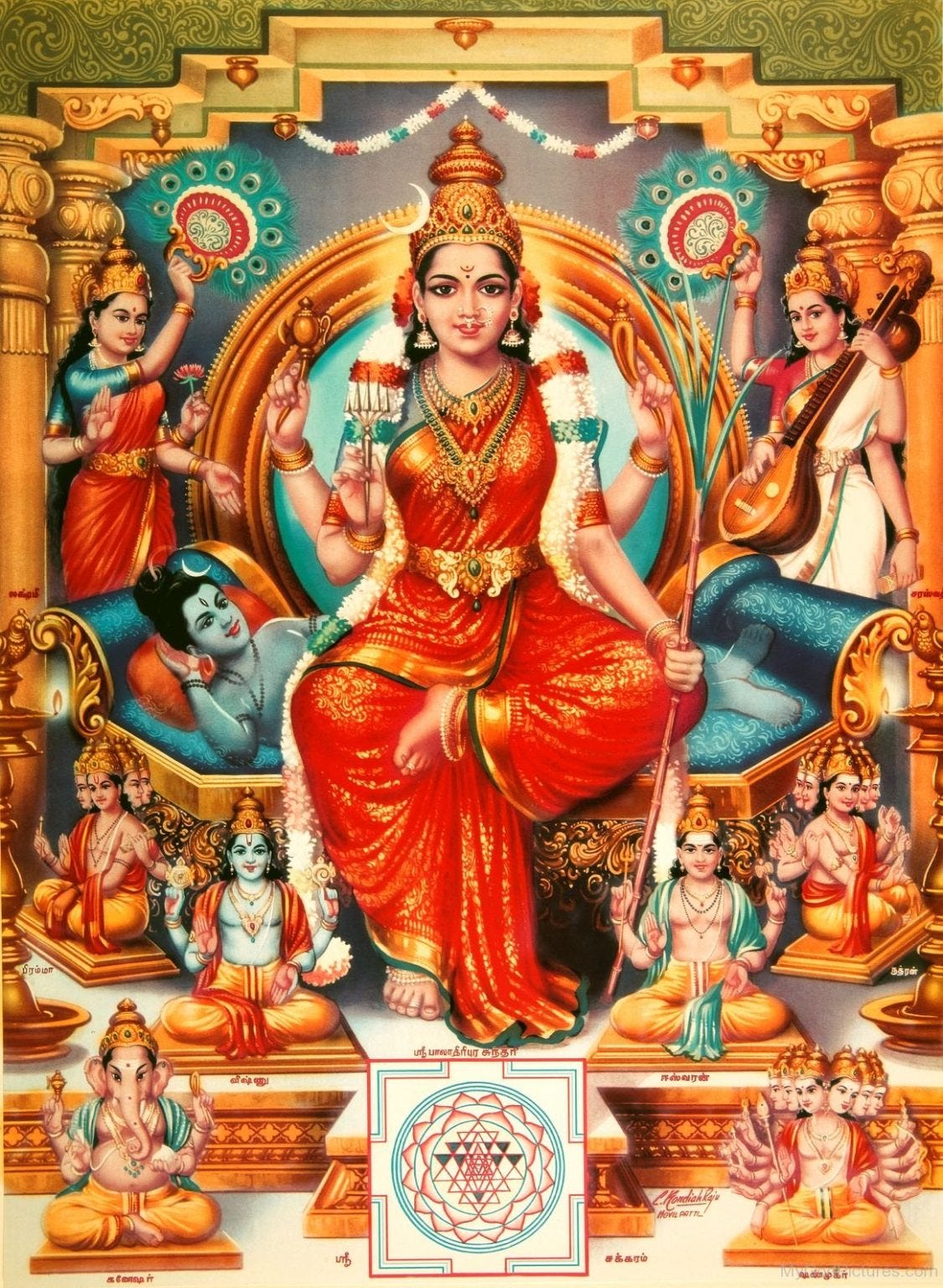What is Deity Yoga?
We have the entire creation within us – it’s just that ordinarily we have no access to it
“Deity Yoga” as a phrase is mostly associated with Tāntrik Buddhism such as Vajrāyana, where identification with a chosen deity occurs through various rituals and visualizations. The phrase has been adopted in other traditions to mean numerous things, but here, we’ll explore it from the perspective of Nondual Śākta Tantra. It is an appropriation of sorts since “Deity Yoga” as a phrase doesn’t occur in traditional sampradāyas (streams or lineages).
Śakti is All Forms
To understand the basis of Deity Yoga in this particular tradition, let’s start at the beginning. Nondual Śākta Tantra holds that the Divine is the ultimate reality that is both form and formless, immanent and transcendent. The transcendent here refers to the reality that is out of the range of the manifest universe. It is formless, but is the very essence of form. The transcendent Divine is devoid of attributes such as name, form, space, and time. Conversely, the immanent Divine is endowed with attributes. As form, this aspect of the ultimate reality is everything in manifestation.
One way to understand these two aspects of the ultimate reality is to call them Śiva and Śakti. That which remains transcendent and formless is Śiva. That which takes form and becomes immanent is Śakti. In other words, all forms are Śakti, endowed with various attributes such as mass, size, and inherent properties such as sex and genetically – and environmentally – derived factors.
What is important to understand is that the one ultimate reality becomes countless forms.
I like to look at this magnificent teaching by way of a simple example – white light passed through a prism separating into its component colors. In the case of Śiva-Śakti, the ultimate reality takes on countless hues and vibrations as the galaxies, planets, stars, atomic, subatomic structures, and you and me.
Deities and the Fabric of Reality
If we were to think of the ultimate reality as containing an inherent and intricate pattern, the countless aspects of it could be personified as deities. They appear hierarchical depending on how the pattern is held together; those that are critical to the pattern are placed higher while others are subordinate to them.
A critical concept to understand in this tradition is the mirroring of the macrocosm in the microcosm. What this means is that we (the microcosm) are a part of the greater cosmos (the macrocosm), and yet reflect all of it and contain all of it. This is much like a floret of broccoli, which is a fractal of the whole head. We have the entire creation within us – it’s just that ordinarily we have no access to it.
“A critical concept to understand in this tradition is the mirroring of the macrocosm in the microcosm. What this means is that we (the microcosm) are a part of the greater cosmos (the macrocosm), and yet reflect all of it and contain all of it….We have the entire creation within us – it’s just that ordinarily we have no access to it.”
Keep reading with a 7-day free trial
Subscribe to Tarka Journal to keep reading this post and get 7 days of free access to the full post archives.


